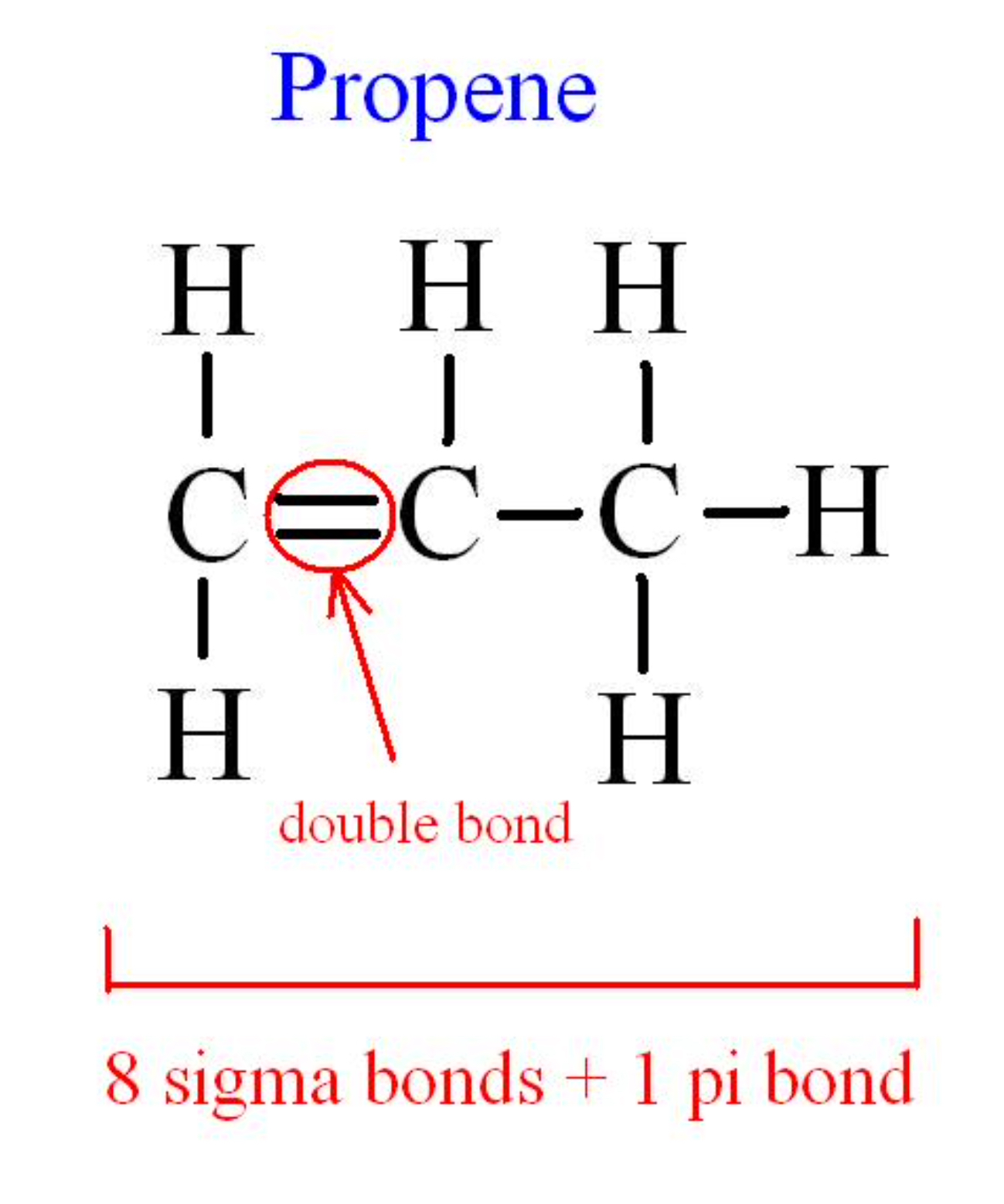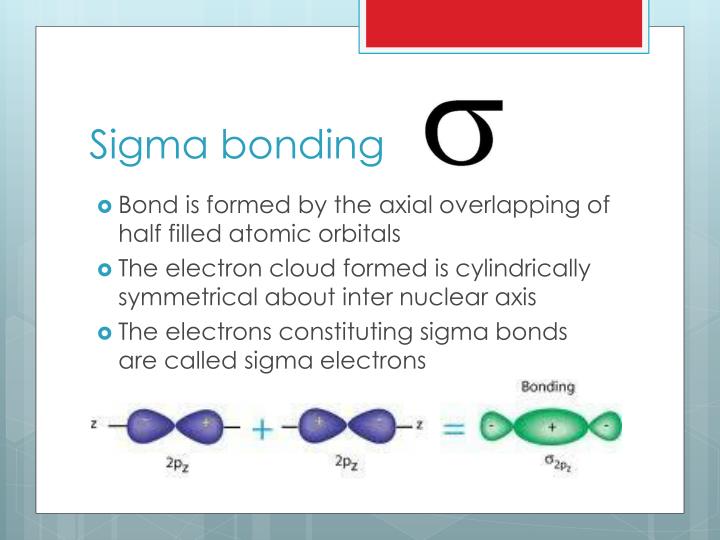
N2^- has two electrons in σ 2s, two in σ 2s*, two in π 2px, two in π 2py, two in σ 2pz, and one in π 2px* N2^+ has two electrons in σ 2s, two in σ 2s*, two in π 2px, two in π 2py and one in σ 2pz. Remember that the asterisks show the anti-bonding orbitals and the x, y, and zs all refer to the different sub-orbitals within the p-orbital. Just like with "regular" atomic electron configurations (like if you wrote one for a Nitrogen ion) you start with the lowest energy orbitals, showing how many electrons they contain, and make your way up the highest energy orbitals.įor this notation, we contain the name of the orbital/suborbital in parentheses and use a superscript to denote the number of electrons in the orbital/suborbital.

Now finally we write the electron configuration. I'm not able to mark this on the diagram, but you can probably imagine it! They would both have unpaired electrons now, meaning that they have electrons that are alone in a suborbital (only an up-arrow, no down-arrow). For N 2 - we add one to the π 2p orbital because it has a negative charge overall which means it has one more electron. For N 2 + we remove an electron from the σ 2p orbital because it has a positive charge overall which means it has one less electron. N2 + has 9 valence electrons (5(2) - 1 = 9) You can see that normally (nuclear charge >= 8) the sigma (σ) bonds are at a lower energy. (See image.) This chart has the pi bonding orbitals formed by the p orbitals at a lower energy than the sigma bonding orbitals. Since Nitrogen has a nuclear charge of less than 8 (N has 7 protons), we are going to use the chart on the left. Diagram, but to understand it, we can start there. You can also write out the electron config without the M.O. The best way to start here is to draw the Molecular Orbital Diagram.

#Sigma bonds how to
One important thing to remember is that these molecular electron configurations look very complicated because of all the greek letters, superscripts, subscripts and asterisks, but they're fundamentally the same as the ones you know how to write for atoms!


 0 kommentar(er)
0 kommentar(er)
